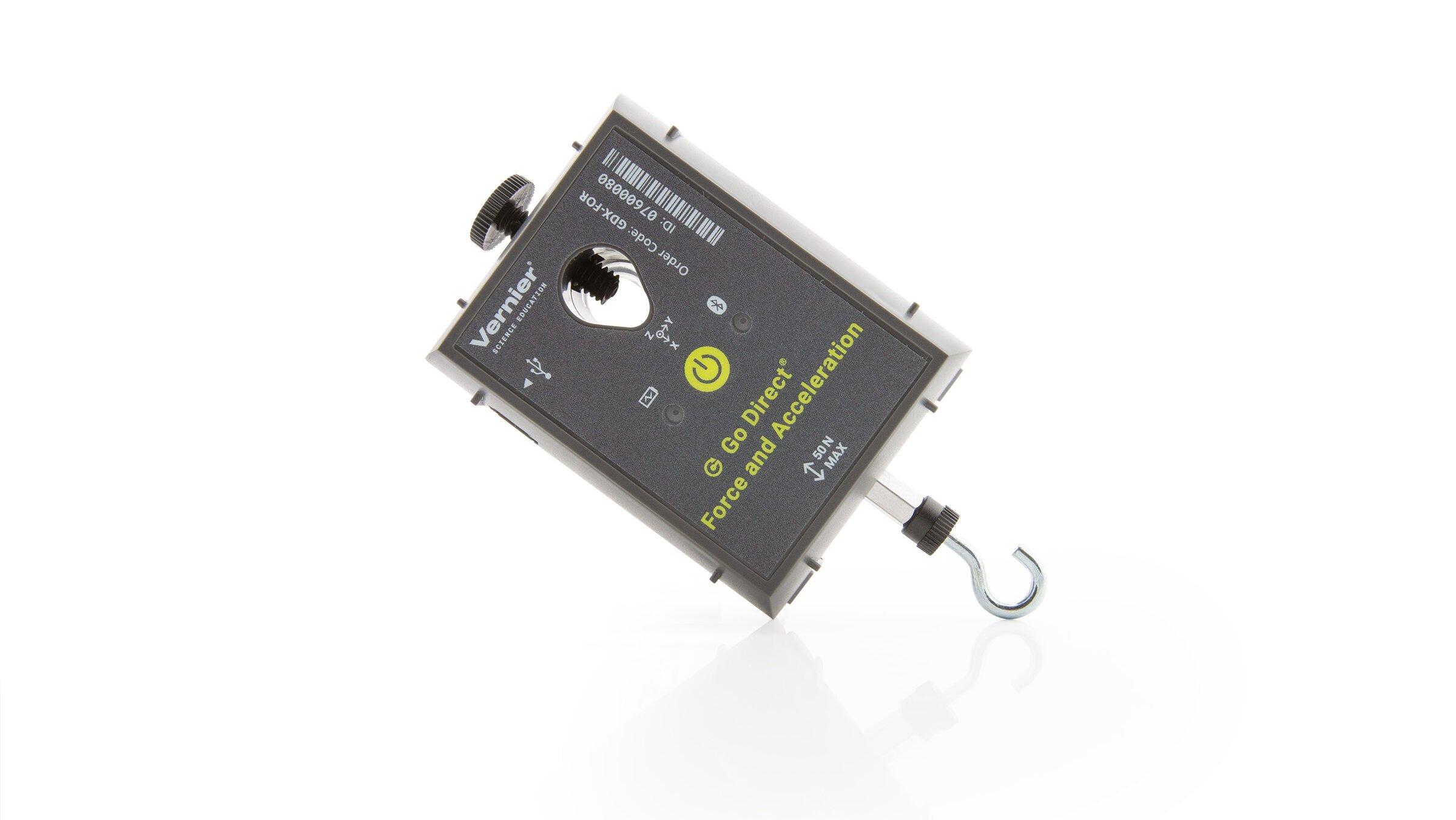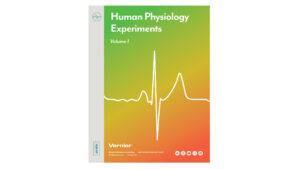Introduction
Maintaining physical balance is a complex task mediated by input from multiple sensory input sources. While the vestibular system is responsible for detecting the location and movement of the head in three dimensional space, input from proprioceptors regarding limb location and joint position, as well as input from the visual system, are also very important. When one of these input sources is distorted or removed, it becomes difficult to maintain balance, especially in challenging situations. The sensation of losing one’s balance typically results in compensatory movements of the body as the subject tries to regain stability. These movements can be measured to determine how well a subject is able to maintain balance under different conditions. Less stability results in larger and more frequent movements.
In this activity, you will explore your ability to balance with and without visual input using a Force and Acceleration Sensor to detect movement (measured here as acceleration). You will also compare your balance when standing on one leg at a time, and determine whether there is any difference between balancing on your right and left legs.
Objectives
- Measure your stability while attempting to balance with your eyes open and closed.
- Compare your ability to maintain balance on your right and left leg with eyes open and closed.
Sensors and Equipment
This experiment features the following sensors and equipment. Additional equipment may be required.
Correlations
Teaching to an educational standard? This experiment supports the standards below.
- International Baccalaureate (IB)/Sports, Exercise, and Health Science
- 5.2 Information processing
Ready to Experiment?
Ask an Expert
Get answers to your questions about how to teach this experiment with our support team.
- Call toll-free: 888-837-6437
- Chat with Us
- Email support@vernier.com
Purchase the Lab Book
This experiment is #5 of Human Physiology Experiments: Volume 1. The experiment in the book includes student instructions as well as instructor information for set up, helpful hints, and sample graphs and data.


